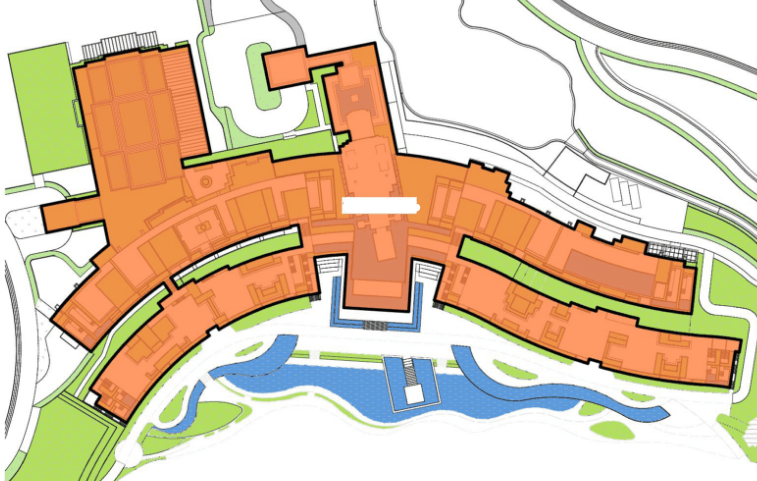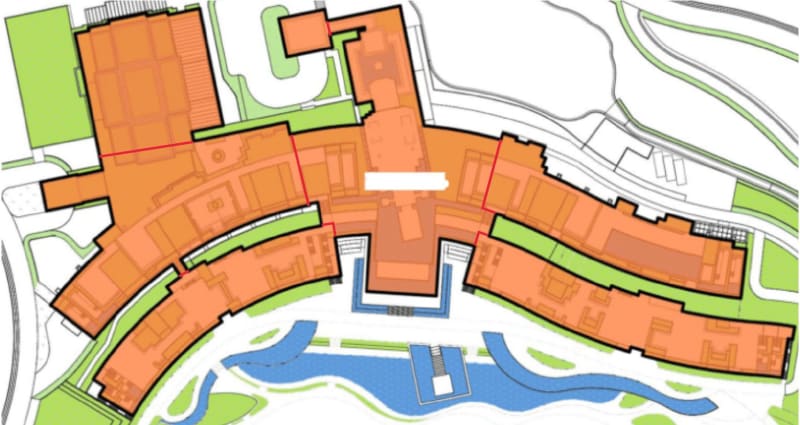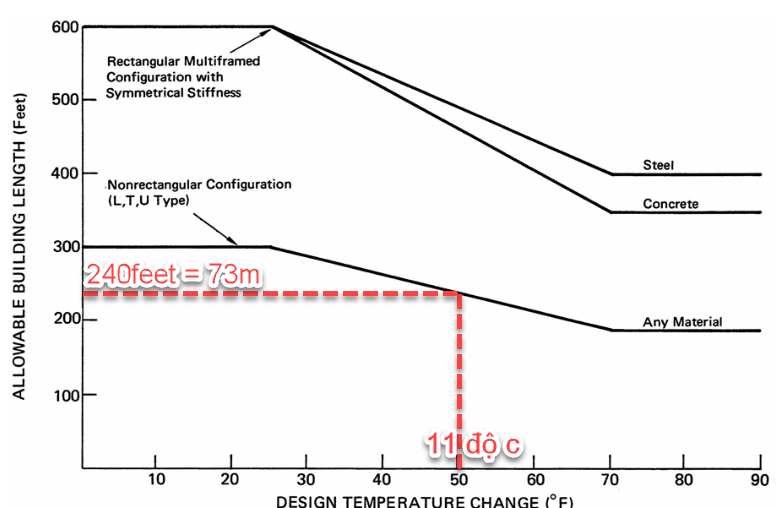hoangvhuy
Structural
- Jun 4, 2016
- 18
Hi everyone,
i am designing structure for a hotel, 12 stories, 200m long. all is reinforce concrete
For normally, we need seperate 3 block by expansion joints, but it makes many difficult problem because architectural design is complicated, non-regular, if building have expansion joint, the joint will seperate the basement,lift core, swimming pool. And impact to facade of hotel.
So, Anybody have experience about same long project, what is best solution?
Can I use post poured strip to deal with that.
Thank for your sharings.

Above is layout of project
i am designing structure for a hotel, 12 stories, 200m long. all is reinforce concrete
For normally, we need seperate 3 block by expansion joints, but it makes many difficult problem because architectural design is complicated, non-regular, if building have expansion joint, the joint will seperate the basement,lift core, swimming pool. And impact to facade of hotel.
So, Anybody have experience about same long project, what is best solution?
Can I use post poured strip to deal with that.
Thank for your sharings.

Above is layout of project


